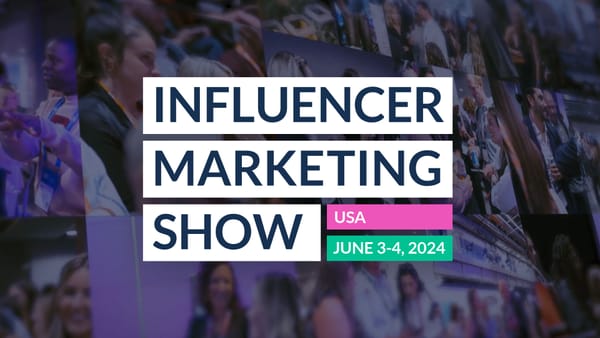Why More Brands Want to Include a Content Usage Rights Clause in Their Contracts

Today’s consumers don’t always trust this kind of traditional advertising, finding it overly ‘salesy’ and inauthentic. In recent years, there has been a large uptake in brands opting for influencer-generated content. That is, any content – be it images or videos – which an influencer creates in a collaboration with a brand to promote a particular product, company or service. This can largely be attributed to the fact that brands are increasingly pleased with the content being produced – in part due to the authenticity of the posts – but also the quality. As smartphone manufacturers continue to upgrade their cameras’ tech specs, the threshold for achieving studio-quality shots is being lowered. Sometimes the creators themselves are professional photographers or videographers, with quality equipment and the skills needed to produce fantastic content, making the need for brands to pour lots of money into polished advertising campaigns almost redundant. That is not to say that the barrier of entry for content creators to engage in paid-for collaborations is simultaneously being lowered. Instead, it has actually worked to encourage brands to scrutinise the profiles they are presented with, seek out creativity and authenticity and, in line with consumer demand, push for this to a greater extent in place of generic content.








